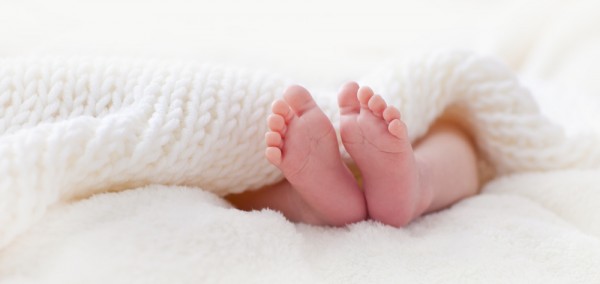First time parents have a lot to take on board. But one of the areas that requires essential know-how – and causes the most fear in new parents – is what to do when your child is in the midst of a medical emergency. Attending a simple paediatric first aid course will give you the basics, and the confidence to know that you can deal with any number of dangerous and stressful situations calmly and effectively.
Here are some key situations you should learn how to deal with or identify:
Choking
It is common for babies and young children to get objects and food stuck in their airways, and it can be distressing, but if a child is crying, they are not choking. A simple pat on the back, or encouraging them to cough might alleviate the item. If your baby or child is choking, call out for help while attending to the infant. Bend them over (or in a baby’s case, hold them along your arm, head down) and give 5 firm blows between their shoulder blades with the palm of your hand.
What to do if your child stops breathing
CPR (Cardiopulmonary Resuscitation) is the most vital lifesaving skill you can have. There are different procedures for adults, babies and young children.
For a child or Baby – give 5 initial rescue breaths and start CPR (20 Chest compressions, then 2 rescue breaths)
If you are on your own do one cycle of CRP before stopping to call an ambulance.
Repeat until ambulance arrives, only stop if patient starts breathing on their own.
For a baby use two fingers for a child use one or two hands
Temperature Management & Febrile Convulsions
The body works best when its temperature is close to 37°C. Too hot a temperature can result in convulsions and too low, in hypothermia. A febrile convulsion can be triggered by a child temperature rising rapidly, (1 in 20 children between the ages of 1 and four are effected), call an ambulance if your child is fitting. Doctors often advise giving a child mild painkillers such as paracetamol or ibuprofen to prevent a temperature rising too high.
Meningitis awareness
Meningitis is an inflammation of linings surrounding the brain and spinal cord which is caused by bacterial or viral infections. The ‘red flag’ signs are cold hands and feet, pain in the limbs or joints, and abnormal skin colour. Other signs can include high temperature, blotchy purple rash which doesn’t fade when squashed with a glass tumbler, drowsiness, severe headache and a stiff neck.
7 Top Tips for Emergency Awareness
-
Ensure you know how to call an ambulance and make sure when you travel abroad you know the local number
-
Research and print off a list of essential numbers including doctor, hospital and emergency services and keep by phone / on the fridge.
-
Ensure anyone who minds your baby know what to do in an emergency too
-
Have a first aid manual on hand.
-
Keep well stocked First Aid boxes in the kitchen, in the bathroom and in your car.
-
Take a paediatric first aid course and update every couple of years
-
Prevention is key – make sure your house and garden are safe, and your car seat is well fitted.








